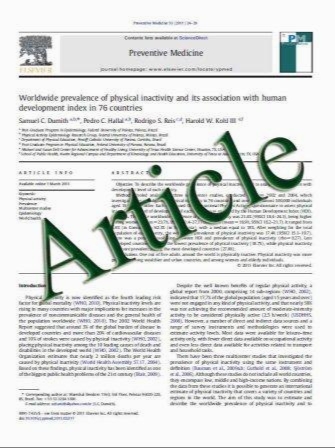Clinical Differences Between Solifenacin and Tolterodine
- نوع فایل : کتاب
- زبان : انگلیسی
- مؤلف : Anne K. Mongiu & Lori B. Lerner
- چاپ و سال / کشور: 2010
Description
Overactive bladder (OAB) is characterized by involuntary detrusor contractions that result in bothersome urinary symptoms. The estimated US prevalence of OAB is 16% among men and 16.9% among women, comprising some 37.4 million Americans. The mainstay of treatment is medication. Although all drugs have variable degrees of efficacy and tolerability, several have emerged that yield good clinical results with tolerable side effects. This review focuses on two frequently prescribed drugs, solifenacin and tolterodine, and compares their clinical efficacy. A PubMed review was conducted with “solifenacin” and “tolterodine” as search words. Articles that compared the two medications were reviewed for content and number of study participants. Those with the most relevant findings and the highest number of participants were included. Both solifenacin and tolterodine show clinical efficacy for the treatment of OAB. Solifenacin seems to have better results in some series, with similar side effects. Antimuscarinic therapy is effective as OAB treatment. Both solifenacin and tolterodine have good clinical efficacy. However, in head— to-head trials, solifenacin seems to have somewhat better outcomes. Solifenacin, 5 mg, has less reported dry mouth than tolterodine, but at 10 mg, the incidence of dry mouth is similar.
Curr Bladder Dysfunct Rep (2011) 6:1–6 DOI 10.1007/s11884-010-0075-2 Published online: 1 December 2010


